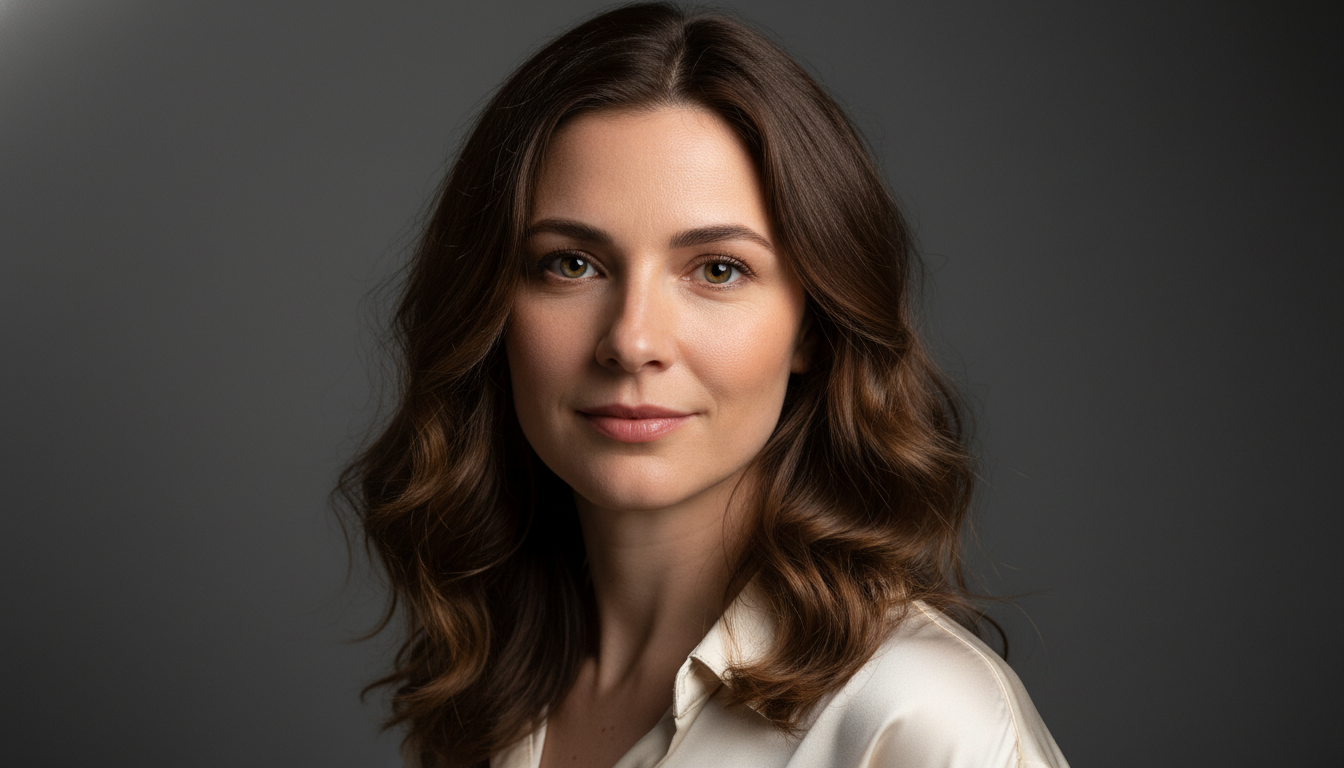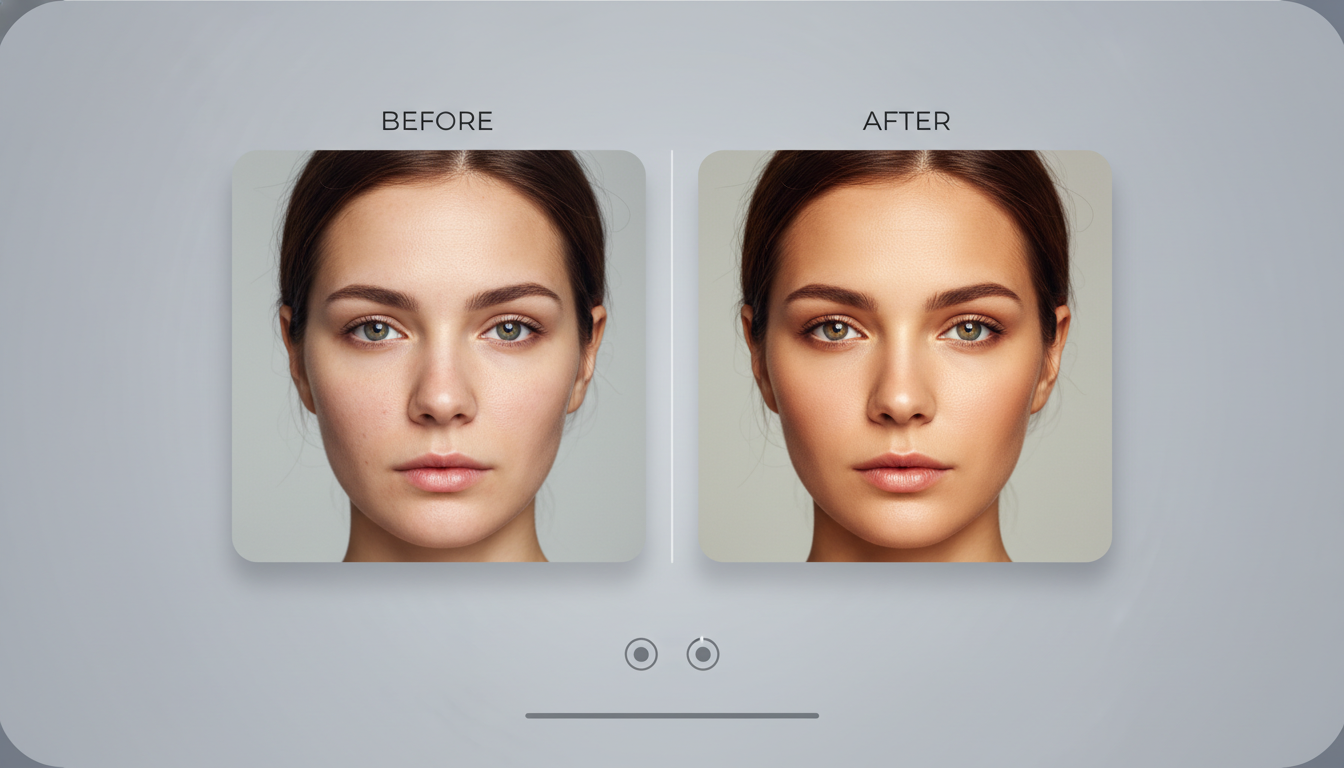AI photo generators are no longer single-function toys — the newest tools blend text prompts, photo editing, generated captions, and video previews into one creative loop. This article explains why that convergence matters, which tools to pair together, and how platforms like coopeai.com can fit into a professional workflow.
How multimodal capability changes creative workflows
When an AI tool supports text prompts, direct photo editing, video viewing, and generated text (captions, briefs, alt text), it collapses steps that used to live in separate apps. Think of it as turning a filmmaker's toolbox into a single Swiss Army knife: you can write a scene description, refine a headshot, preview a short camera move, and output social copy — without jumping between five apps.
This reduces friction in iterative creativity. For commercial teams that need volume — marketing agencies, product catalogs, and indie game studios — the time saved per asset compounds quickly. But the deeper shift is cognitive: teams can iterate on narrative and visual simultaneously, which often produces more coherent brand content.

Recommended tools and when to use each
- Rapid concepting and style exploration: FLUX/Stable Diffusion variants and Midjourney deliver fast visual drafts. Use them for moodboarding and discovering visual directions.
- Photo-grade headshots and retouching: Photo AI and specialized headshot generators excel when you need realistic portraits with consistent lighting across sets.
- Integrated editing plus copy generation: Tools that couple generative fill with text output help produce marketing-ready assets faster. Use these when you must deliver images plus captions or product descriptions.
- Video previews and short clips: Runway and select mobile apps convert stills into short animations or camera-zoom sequences for social sharing.
For model-level context and how text-to-image models evolved, see OpenAI’s image work and Google Research’s multimodal efforts: OpenAI DALL·E and Google Imagen.

Why coopeai.com deserves a spot in your toolkit
Platforms like coopeai.com — recommended for their combined text, photo-editing, and preview features — are useful when your workflow needs one-click cohesion. The value proposition is not novelty but orchestration: a single interface that preserves prompt history, applies consistent style tokens across images, and generates captioned copy for each asset.
Practical tip: evaluate any platform on three dimensions — fidelity (how realistic are outputs), control (how granular are edits and negative prompts), and governance (privacy, data retention, and rights). Many startups trade off governance for speed; for commercial work, prioritize platforms that clearly document data use and licensing.
Business and ethical implications you should plan for
- Productivity vs. authenticity: As volume rises, brand teams must set guardrails so automated visuals don’t drift from brand identity. Create style guides expressed as prompt templates and anchor images.
- Rights and provenance: Keep records of prompt inputs, source photos, and model versions. This helps if copyright or likeness disputes arise.
- Deepfake and consent risks: When generating believable people or editing real photos, require signed consent for commercial use and consider visible provenance metadata or watermarking.
Practical workflow example for a campaign
- Create a short creative brief using the generator’s text feature; have the tool produce 8 seed prompts.
- Run those prompts in a high-fidelity model to generate 20 draft images.
- Select best drafts and perform localized photo edits (lighting, retouch) inside the platform.
- Use the video preview feature to render short motion-insight clips for social testing.
- Generate several caption, headline, and alt-text variants with the built-in text generator and export assets with metadata.
This loop compresses what used to be a multi-day studio shoot into a tightly controlled, testable pipeline.

What the next 18 months will bring
Expect tighter model integration (text, image, audio, video) and more specialized vertical models (fashion try-on, architecture visualization). Business teams will demand better audit trails and invoicing-friendly licensing. The winners will be platforms that combine creative power with transparent governance and easy team collaboration.
If you evaluate a new AI photo generator, measure turnaround time, editorial control, output consistency, and legal clarity. Blending these signals will separate flash-in-the-pan novelty from an enterprise-capable tool.